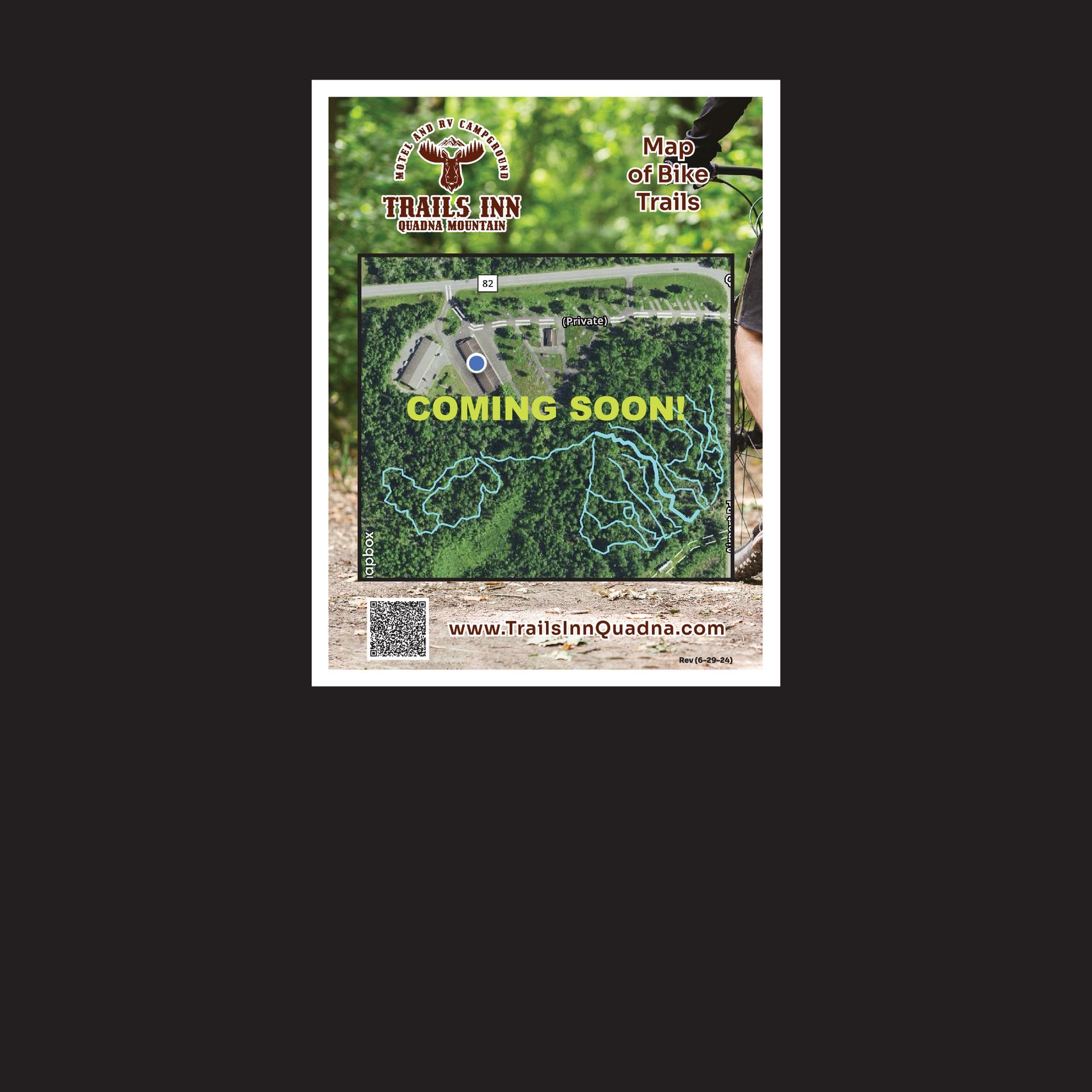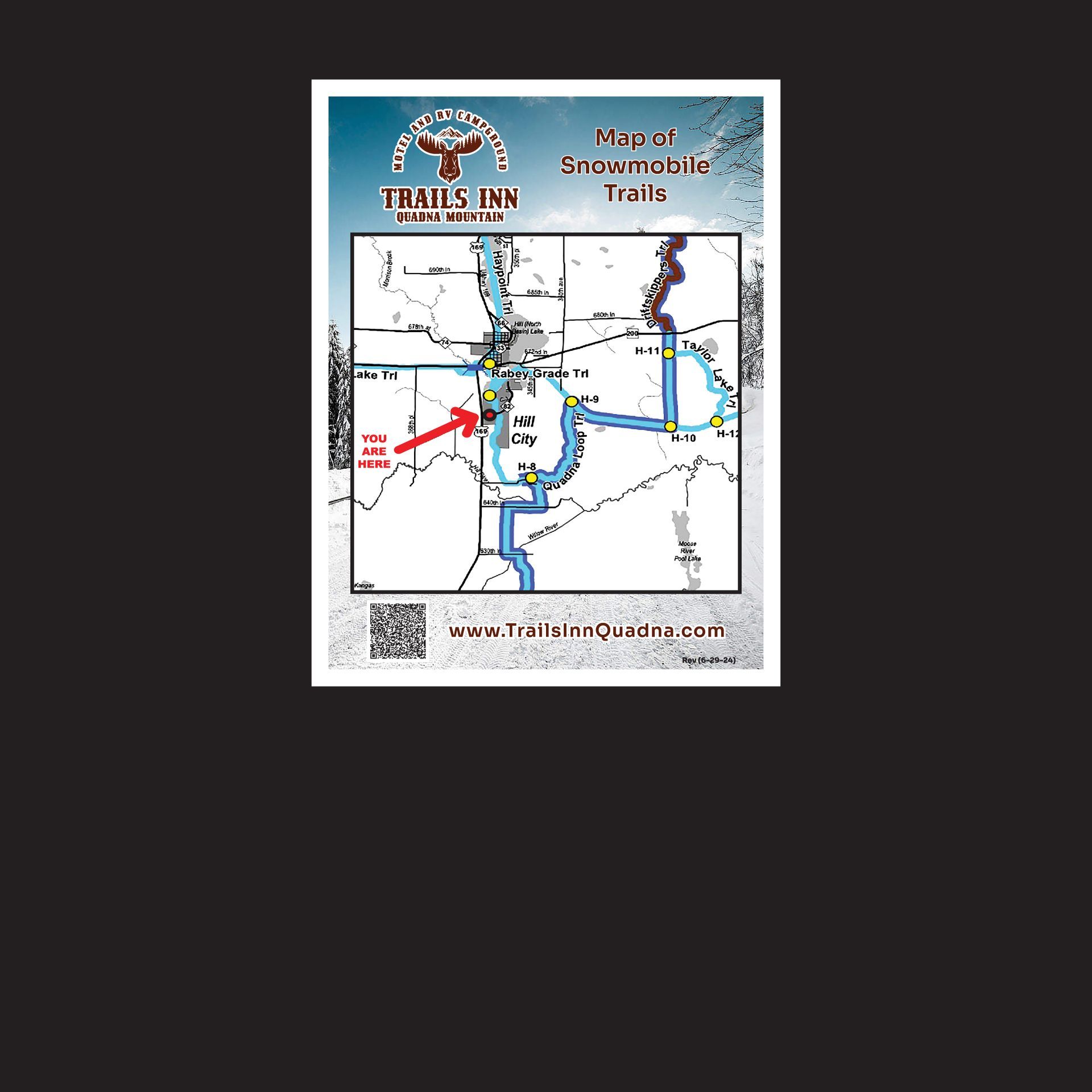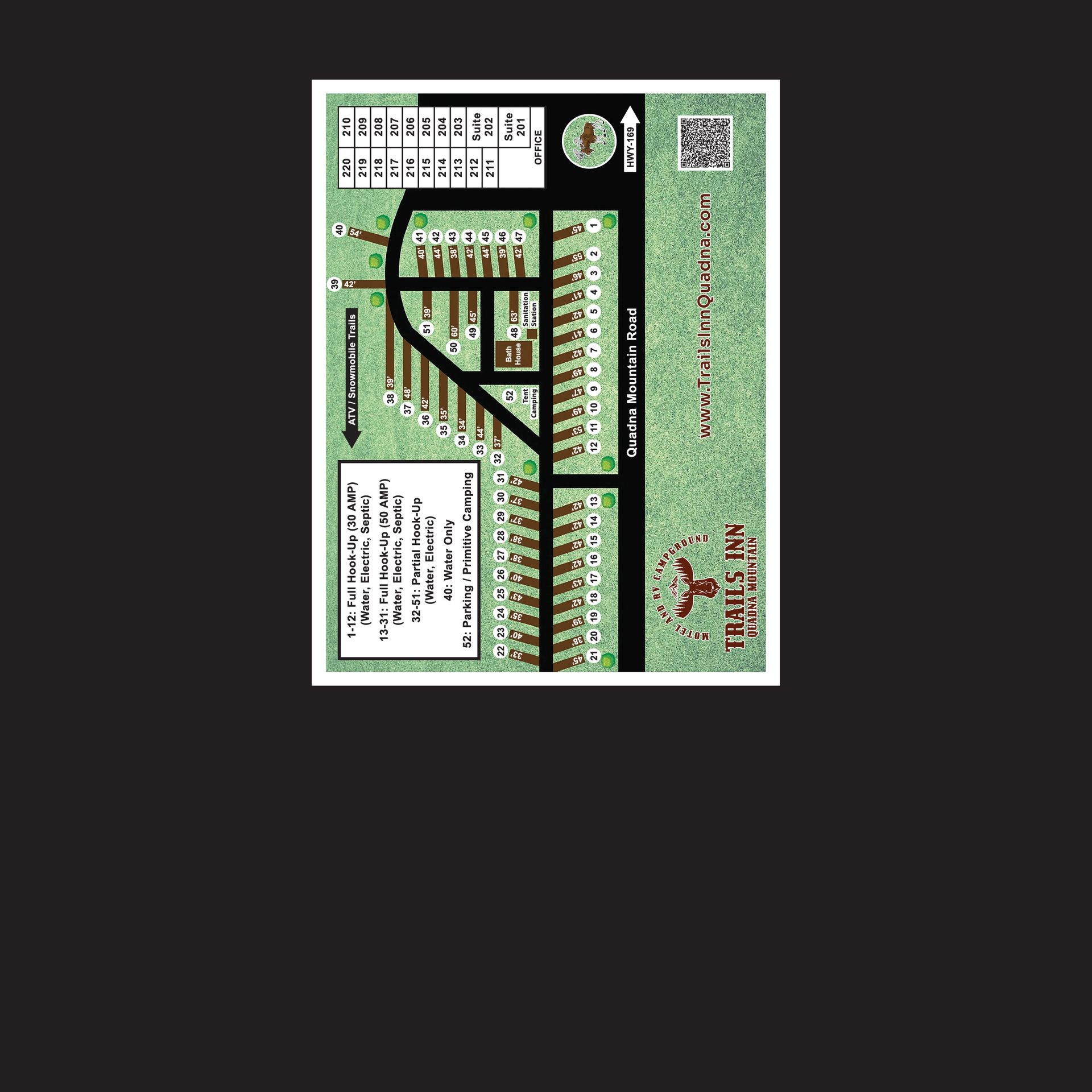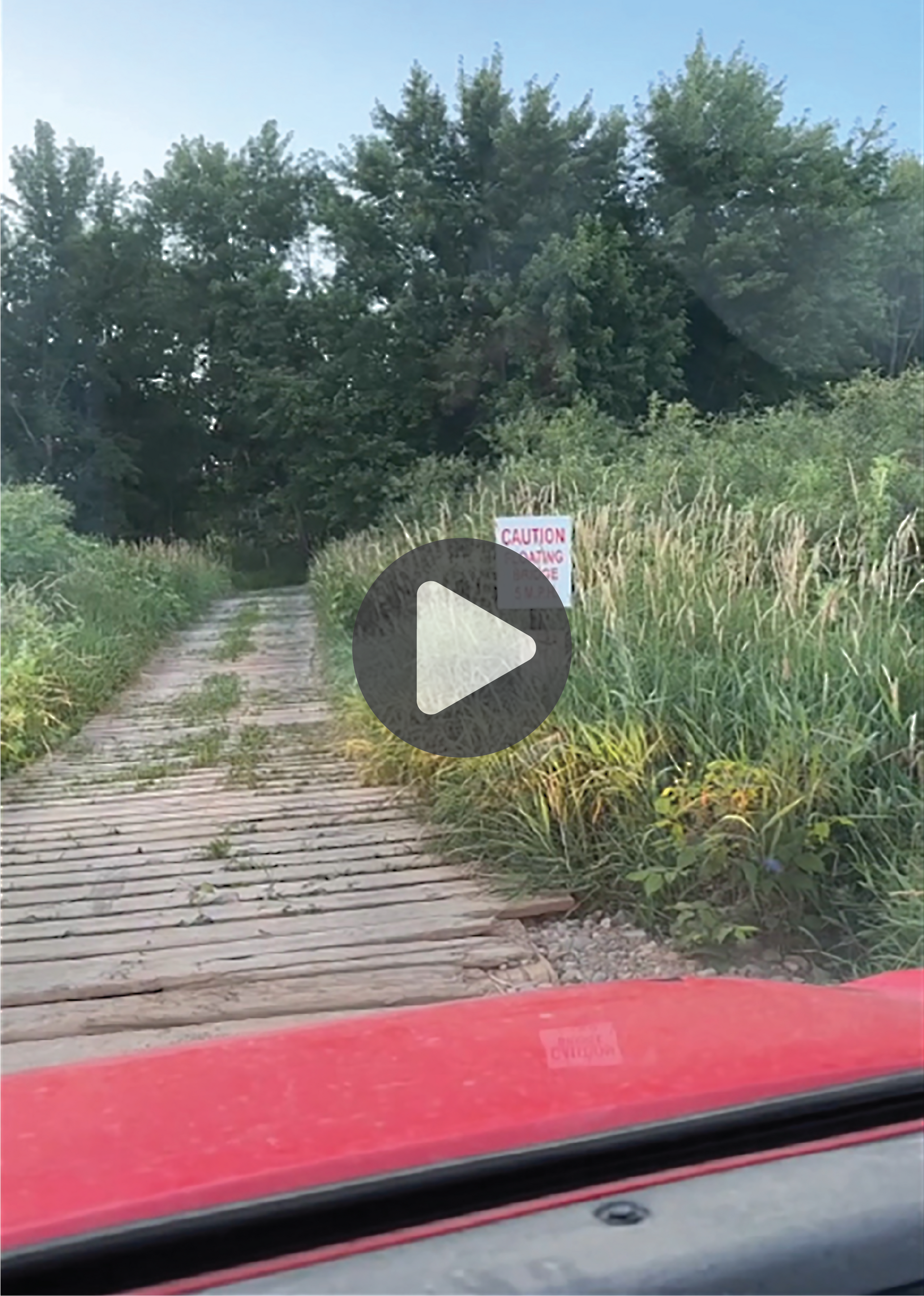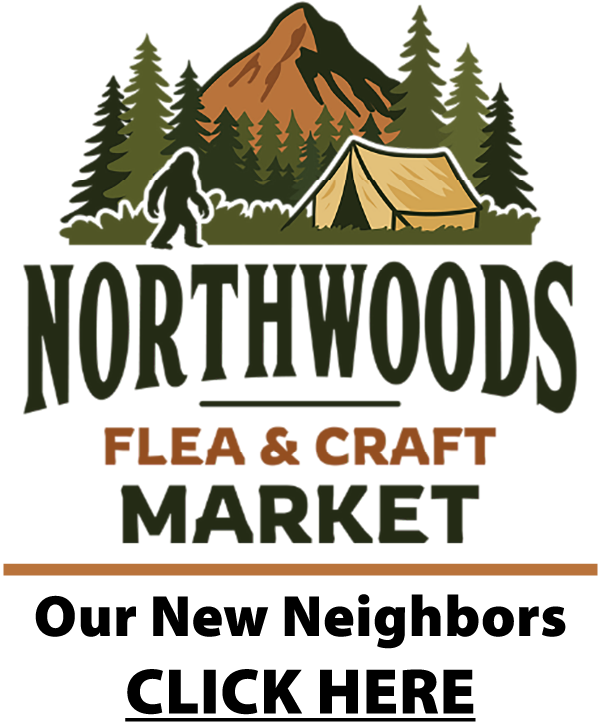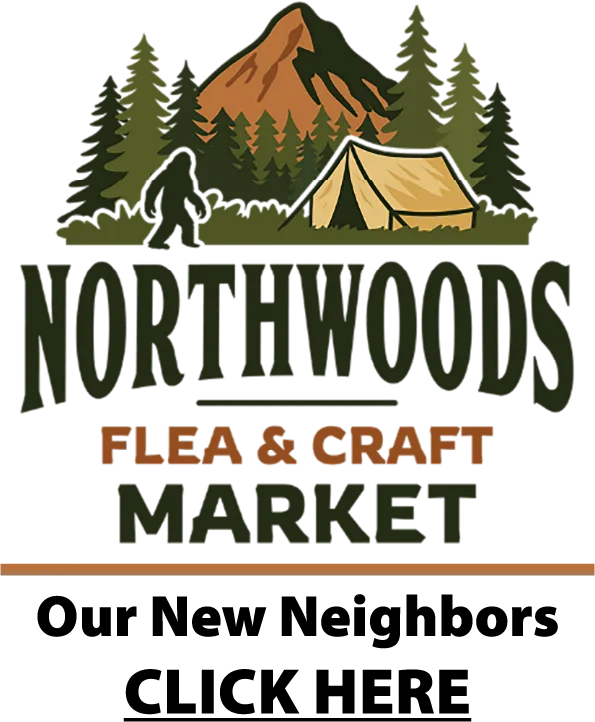ATV Trail Adventures

Side X Side, Sport UTV Rentals
in Hill City, MN
Get ready to explore the rugged beauty of Northern Minnesota with a high-performance Honda Talon UTV rental from Quadna Mountain Rentals! Conveniently located in Hill City, MN, our rentals provide direct access to the Northwoods ATV Trail System — offering over 500+
miles of scenic, connected trails across Aitkin, Itasca, and Mille Lacs Counties.
From our doorstep, you can ride to some of the region’s top destinations, including the Emily, Outing, Remer, Axtell, Grand Rapids, and many more “Up North” ATV trails. These trails are known for their winding paths through pine forests, lakeside routes, and rugged terrain —
including scenic stretches near Lake Pokegama.
Whether you're looking for a half-day thrill or a full weekend of adventure,
Trails Inn Quadna Mountain Motel
puts you right in the heart of Minnesota ATV country — and we’re just a short drive from
Grand Rapids, MN.

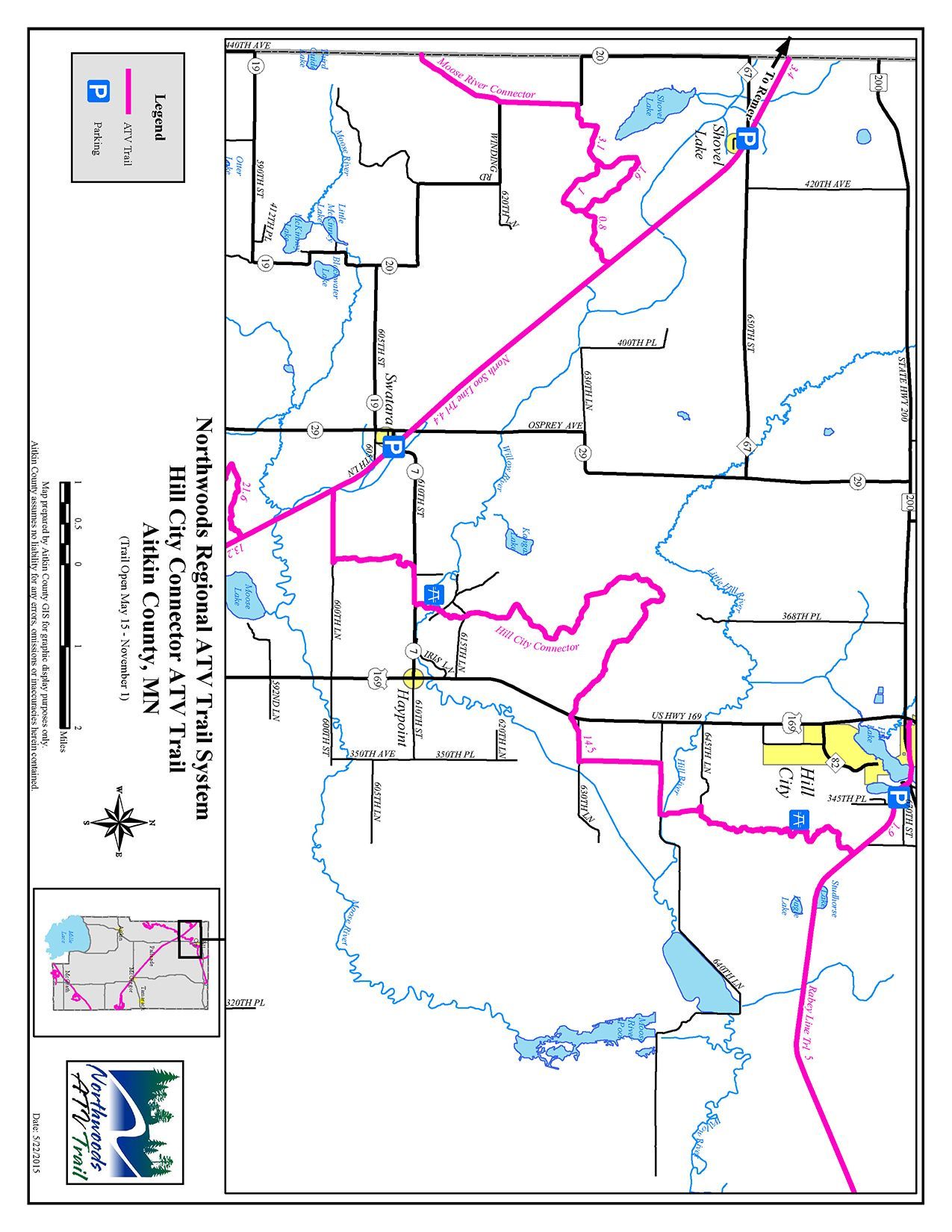
Local ATV Clubs
We our proud to partner
with the following
outdoor recreation clubs.
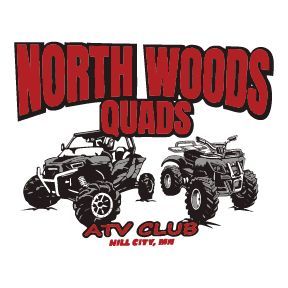
North Woods Quads ATV Club
North Woods Quads is a nonprofit club for families and individuals with business sponsors to promote ATV/UTV riding. We are a group of ATV enthusiasts who participate in trail cleanups, maintenance, and off-road activities in the North Woods.

Blind Lake ATV Club
Established is 2003 the Blind Lake ATV Club was started by a group of ATV enthusiasts. We are a not-for-profit incorporated organization for individuals to enjoy the sport of safely riding all-terrain vehicles. Our goal is to promote a safe and fun environment for individuals to enjoy our ATV’s in our beautiful outdoors.
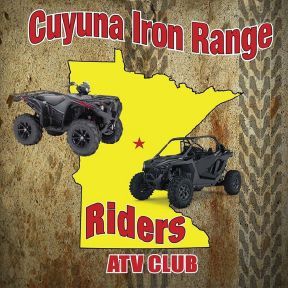
Cuyuna Iron Range Riders ATV Club
The Cuyuna Iron Range Riders ATV Club was formed in 2004. The Club now partners with the Minnesota DNR, Cass County, Crow Wing County, Township Boards and Businesses to stimulate and advance the general welfare and safety of ATV riding. Perform all desirable and lawful functions for the successful operation of the Club and in the public general interest, and more.
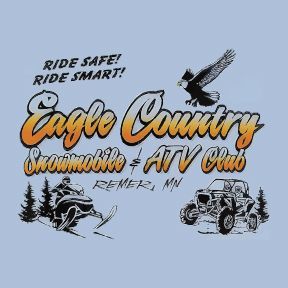
Eagle Country Snowmobile & ATV Club
Eagle Country Snowmobile Club is a recreational organization based in Remer, MN, dedicated to promoting and supporting snowmobiling activities in the area.
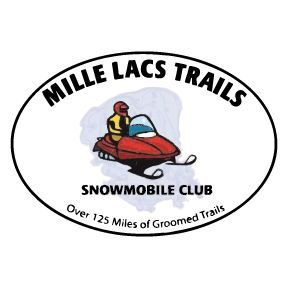
Mille Lacs Trails Snowmobile Club
The Mille Lacs Trails Snowmobile Club was established in 1972 and is made up of avid snowmobilers who are dedicated to the promotion and safety of snowmobiling. Mille Lacs Trails currently grooms nearly 125 miles of trails. We create and maintain our trails using Grant-In-Aid funds, Contributions, and Fund Raising activities.

Over The Hills Gang ATV Club
The Over The Hills Gang is an ATV Club created to protect our right to ride all the great trails available to us. We are a dedicated group of around 500 people of varied ages from all across Minnesota. We believe ATV riding is an outdoor, family oriented, fun activity. Our membership includes a variety of experience levels, interests and abilities. Our club is dedicated to safe, informed, responsible ATV riding.
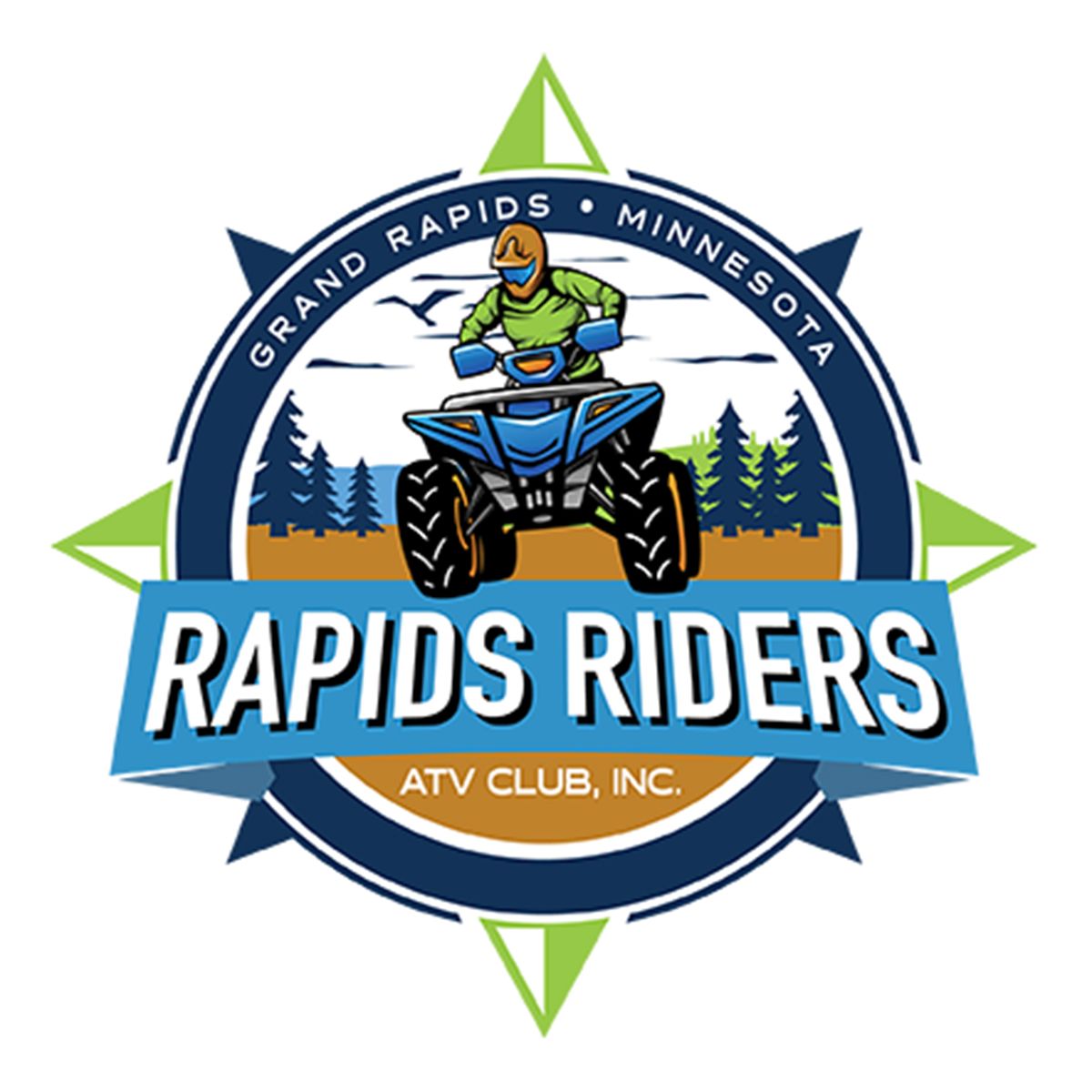
Rapids Riders ATV Club, Inc.
The future of ATV enjoyment is in our own hands and the Rapids Riders ATV Club was formed with some simple goals in mind. Extend riding opportunities in the Itasca County Area by promoting safety, responsible riding and trail expansion in environmentally friendly ways. Our affiliation with organizations like ATVAM gives our members a voice in the lawmaking process here in Minnesota.
An ATVer's Paradise
If you enjoy snowmobiling and ice fishing, Aitkin County is one of Minnesota's best places to visit. ATVer's will have access to more than 660 miles of ATV/OHM-friendly trails through the scenic and winding landscapes and lakes of the state's Northcentral region.
Explore the Soo Line Trail, which runs along the abandoned Soo Line Rail. It is the backbone of the Northwoods ATV Trail System. It is a family touring trail with limited "mudding" opportunities that enters the southern part of Aitkin County near picturesque Mill Lacs Lake traveling Northwesterly through Aitkin County. Along the way, riders can easily access various food, fuel, lodging destinations, trail loops, and connectors. 207 miles of connected and well-maintained ATV trails alone traverse Aitkin County’s wilderness across various trail-worthy terrain.
The following trails in Itasca and Aitkin Counties are all accessed
to or from the Soo Line Trail.
Alborn-Pengilly Railroad Trail
Description
Click Here
GeoPDF
Click Here
Miles
39
County
Itasca
Alvwood-Squaw Lake Trail
Description
Click Here
GeoPDF
Click Here
Miles
159
County
Itasca
Axtell Technical Riding Area
Description
Click Here
GeoPDF
Click Here
Miles
4
County
Aitkin
Bigfork and Balsam (B&B) Connection
Description
Click Here
GeoPDF
Click Here
Miles
33
County
Itasca
Blind Lake Connector and Loop
Description
Click Here
GeoPDF
Click Here
Miles
33
County
Aitkin
Emily - Blind Lake Trail
Description
Click Here
GeoPDF
Click Here
Miles
16
County
Aitkin
Goodland Trail
Description
Click Here
GeoPDF
Click Here
Miles
19
County
Itasca
Hill City Trail
Description
Click Here
GeoPDF
Click Here
Miles
16
County
Aitkin
Lawler Loops
Description
Click Here
GeoPDF
Click Here
Miles
16
County
Aitkin
Len Hardy Memorial Trail
Description
Click Here
GeoPDF
Click Here
Miles
6
County
Itasca
Little Moose Trail
Description
Click Here
GeoPDF
Click Here
Miles
18
County
Itasca
Moose River Connector
Description
Click Here
GeoPDF
Click Here
Miles
7
County
Aitkin
Rabey Line Trail
Description
Click Here
GeoPDF
Click Here
Miles
19
County
Aitkin
Rat Lake - Big Sandy Connector
Description
Click Here
GeoPDF
Click Here
Miles
12.4
County
Aitkin
Red Top Trail
Description
Click Here
GeoPDF
Click Here
Miles
22
County
Aitkin
Solana Loop
Description
Click Here
GeoPDF
Click Here
Miles
15
County
Aitkin
Soo Line North Trail
Description
Click Here
GeoPDF
Click Here
Miles
115 Total Miles / 48 in Aitkin
County
Aitkin
Soo Line South Trail
Description
Click Here
GeoPDF
Click Here
Miles
115 Total Miles / 23 in Aitkin
County
Aitkin
Thistledew Trails
Description
Click Here
GeoPDF
Click Here
Miles
25
County
Itasca
UPM Blandin Trail
Description
Click Here
GeoPDF
Click Here
Miles
21
County
Itasca
Trail Features
Riders will be treated to diverse landscapes, from pine and hardwood forests to lowlands, environmentally sensitive crossings, rolling hills, and meadows. The trails are lined with a variety of plant flora and fauna, including various species of wildlife common in this area such as deer, grouse, bear, moose, fox, coyotes, small mammals, and songbirds, a journey worth discovering for those who love the outdoors.
Rest assured, great thought and care went into the engineering and construction of the entire trail system to minimize the impact on the environment as much as possible while maximizing its natural scenic beauty. Geo-blocks and puncheons were used to cross over wetlands rather than disturbing them. Locally sourced wood was used on the puncheons and treads. Materials were stockpiled in remote areas during winter to avoid rutting and damage to plant life.




